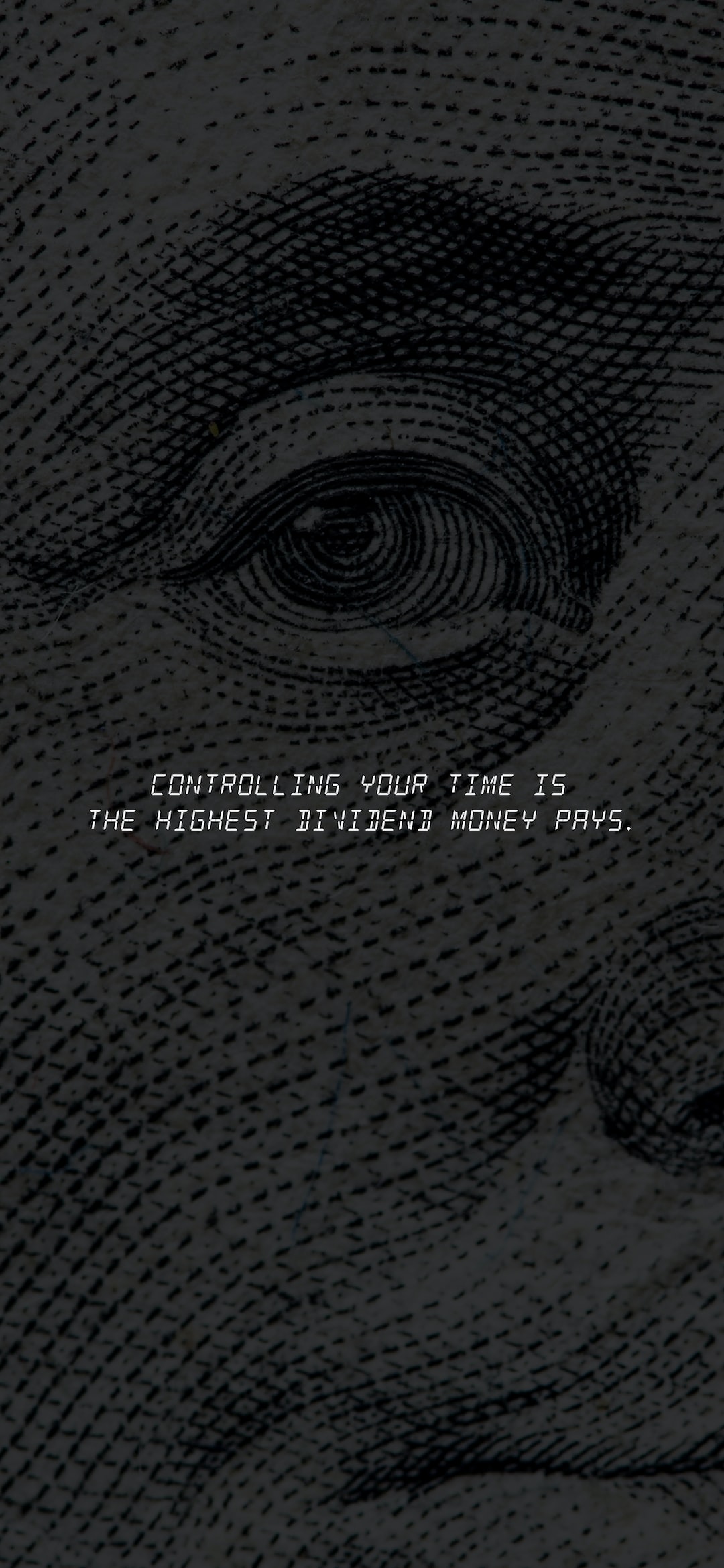Forex trading is a highly volatile market which involves buying and selling currency pairs. Traders aim to make profits by speculating on the direction of the market. One of the key elements in forex trading is identifying when a price is about to reverse. In this article, we’ll delve into the signs that indicate a price reversal in forex trading.
Understanding the Market Trend
Before delving into the signs that indicate a price reversal, it’s important to understand the market trend. Identifying the market trend is important because it helps traders decide whether to buy or sell a currency pair. There are three types of market trends: uptrend, downtrend, and sideways trend.
An uptrend is a series of higher highs and higher lows, indicating that the market is bullish. A downtrend is a series of lower highs and lower lows, indicating that the market is bearish. A sideways trend is characterized by a lack of clear direction, with prices moving within a specific range.
Identifying the trend is important because it provides a context for traders to make informed decisions about whether to buy or sell a currency pair. Once you’ve identified the trend, you can then look for signs that indicate a price reversal.
Signs of Price Reversal
1. Support and Resistance Levels
Support and resistance levels are key indicators of a price reversal. Support levels are price levels at which buyers enter the market, while resistance levels are price levels at which sellers enter the market. When a currency pair approaches a support or resistance level, it’s likely that the price will reverse.
For instance, if the price of a currency pair is in an uptrend and approaches a resistance level, it’s likely that the price will reverse and move downwards. Conversely, if the price of a currency pair is in a downtrend and approaches a support level, it’s likely that the price will reverse and move upwards.
2. Trendline Breaks
Trendlines are another important indicator of a price reversal. Trendlines are drawn to connect the highs or lows of a currency pair. When a trendline is broken, it indicates a change in the direction of the market.
For instance, if a currency pair is in an uptrend and the trendline is broken, it indicates a possible reversal in the market. Similarly, if a currency pair is in a downtrend and the trendline is broken, it indicates a possible reversal in the market.
3. Candlestick Patterns
Candlestick patterns are a popular tool used by forex traders to identify price reversals. Candlestick patterns are formed by the open, close, high, and low prices of a currency pair. There are several candlestick patterns that indicate a price reversal, including:
– Doji: A doji is a candlestick pattern that indicates indecision in the market. It’s formed when the open and close prices are almost the same, indicating that neither the buyers nor the sellers are in control of the market.
– Hammer: A hammer is a candlestick pattern that indicates a potential reversal in the market. It’s formed when the price of a currency pair falls significantly below the opening price, but then recovers to close near the opening price.
– Shooting Star: A shooting star is a candlestick pattern that indicates a potential reversal in the market. It’s formed when the price of a currency pair rises significantly above the opening price, but then falls to close near the opening price.
4. Oscillators
Oscillators are another important tool used by forex traders to identify price reversals. Oscillators are indicators that measure the momentum of a currency pair. There are several oscillators that indicate a price reversal, including:
– Relative Strength Index (RSI): The RSI is an oscillator that measures the strength of a currency pair. When the RSI is above 70, it indicates that the market is overbought and a price reversal is likely. When the RSI is below 30, it indicates that the market is oversold and a price reversal is likely.
– Moving Average Convergence Divergence (MACD): The MACD is an oscillator that measures the difference between two moving averages. When the MACD crosses below the signal line, it indicates a possible reversal in the market. When the MACD crosses above the signal line, it indicates a possible continuation of the trend.
Conclusion
Identifying when a price will reverse in forex trading is crucial for making profitable trades. Traders can use various tools and indicators to identify signs of a price reversal, including support and resistance levels, trendline breaks, candlestick patterns, and oscillators. By understanding these key indicators, traders can make informed decisions about when to buy or sell a currency pair.





